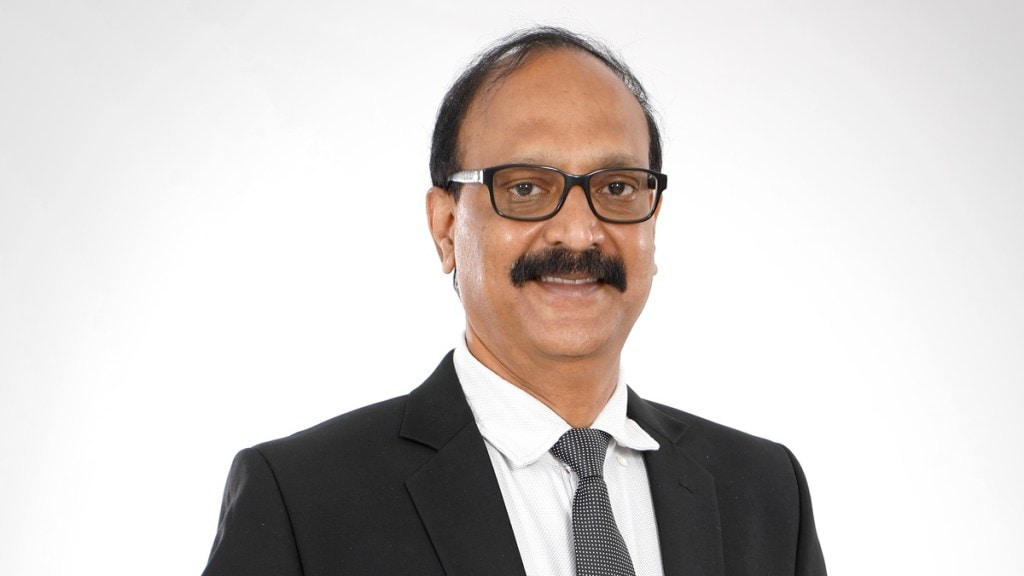MSME loans: Retail non-banking financial company (NBFC) Shriram Finance, which offers different loan products, is looking at the MSME lending market from a long-term perspective to tap into the vast opportunity. With more than 80 per cent of all industrial firms in India being MSMEs and accounting for a large portion of the nation’s industrial output, employment, and exports, offering MSME loans in new markets will be the main driver of the expansion plan of Shriram Finance.
In an interaction with FE Aspire’s Sandeep Soni, the NBFC’s managing director and CEO Y S Chakravarti said the company is aiming to double the Rs 19,600 crore AUM (assets under management) in its MSME loan business in three years. “Our core focus after our vehicle business will be funding for MSME and we expect it to be an incremental business going forward,” according to Chakravarti. Below are the edited excerpts from the interaction:
Can you elaborate on Shriram Finance’s strategy to target MSME lending?
More than 80 per cent of all industrial firms in India are MSMEs, which also account for a large portion of the nation’s industrial output, employment, and exports. At Shriram Finance, we are employing a cluster-based strategy to more effectively target loans to MSMEs while bolstering the firm ground in commercial vehicles and passenger vehicles. Expanding one’s reach is crucial for MSMEs.
While we have concentrated on the southern regions, expansion is also taking place in markets like Odisha, Bihar, West Bengal, Madhya Pradesh, and the Northeast. For the first two to three years in these markets, we are growing cautiously. As the performance of our portfolio improves, we will push for expansion. Geographical expertise is more crucial for MSME loans, which aids in our ability to expand our organization.
Also read: MSMEs deployed 14.3% of India’s non-food credit in September by banks
How does the company plan to differentiate its offerings for small business loans compared to other segments?
We are concentrating on a ticket size of up to Rs 25 lakhs. In the rural and semi-urban markets, we have a sizable number of branches. We won’t stray from what we do best, which is vehicle finance as a united entity right now. This will still be the case, but as individual goods, MSME, gold, and personal loans will experience the fastest growth.
What would be the expected benefits or impact of increasing the share of MSME loans on the company’s overall financial health?
The long-term goal of Shriram Finance is to enhance the proportion of MSME loans in the loan book. Offering MSME loans in new markets will be the main driver of the expansion plan. Our MSME loan business presently has an AUM of Rs 19,600 crores is anticipated to double in three years from now. Our core focus after our vehicle business will be funding for MSME and we expect it to be an incremental business going forward.
Are there any specific criteria or market conditions that the company considers before entering a new geographical area for MSME lending?
In order to access newer geographies for MSME loans, we are leveraging the current network, infrastructure, and core personnel of the commercial vehicle sector / experienced two-wheeler team. Thanks to the network and personnel of our commercial vehicle and two-wheeler finance team, we now have access to previously uncharted territories. This allows us the assurance to introduce MSMEs in more geographies.
Are there any specific market trends or opportunities that Shriram Finance plans to leverage to achieve this growth target?
The MSME sector employs over 110 million people and contributes around 30 per cent to India’s GDP, making it a vital artery in India’s economic framework. Rightly so, the central government has introduced initiatives to promote and encourage MSME businesses such as ease of doing business, access to finance, and infrastructure development. In addition, the Make in India project has significantly contributed to the promotion of exports.
The initiative has encouraged MSME exporters since it has improved their access to international markets and increased their ability to compete. The Make in India project and other initiatives of the central government have supported the development of the MSME sector in India. These measures provide us with the necessary boost and impetus to achieve our growth numbers. We will be working closely with local business associations and government agencies.
Also read: 5 MSME lending products tested under regulatory sandbox found viable for adoption: RBI
How does the company plan to balance growth with risk management in its MSME lending business to ensure the quality of the loan portfolio?
We prioritize financing to companies that are at least three years old, where the promoter has demonstrated his ability to run a successful company and is looking for expansion capital to reduce the risk of failure. We also do not plan to grow at an impulsive rate, but we will build the portfolio at a rate of between 22 to 25 per cent in the MSME sector. We also have a reliable credit system in place. We operate in a hub-and-spoke fashion. Before approving a loan, the knowledgeable and experienced credit teams visit each and every customer from a central location.
How does Shriram Finance plan to establish its presence and build a customer base in untapped areas?
Shriram Finance intends to forge a foothold and develop a clientele in underserved areas by utilizing its current network and knowledge and by providing financial products specifically suited to the requirements of local small companies. Our marketing approach in semi-urban and rural areas is to get to know each of our clients personally. Our branch network has around 80 per cent of its locations in semi-rural and rural areas. We also have 900 service centres, which is a modestly sized setup for the branch’s sourcing operation. All these centres will become full-fledged branches, in future, as part of our strategy.

